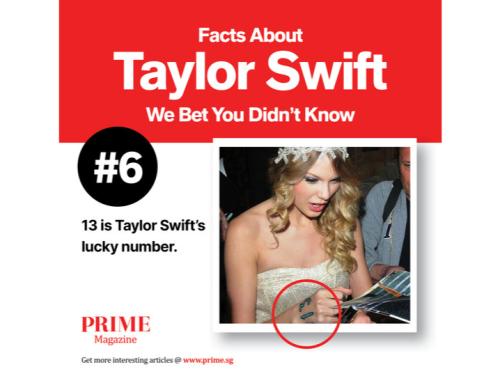Pain is real, but also subjective
Focus on what the examination shows
In my experience as a GP, I have often in the course of the week come across patients with low back pain, which is the second most common complaint in doctor’s practices globally. The number one complaint is, cough or cold. Pain is real to all patients, but it can be subjective. On a good day, there is less pain; on a bad day, there is more.
Hence, to the doctor, what is important is the examination. When we examine a patient with low back pain, we are looking for a slipped disc.This usually involves a pinched nerve triggering a pain that shoots from the low back, through the thigh, to the leg and into the foot. This pain that comes from a pinched nerve is called sciatica. We will lie a patient down on the examination couch and raise his straightened leg up to 90 degrees. We call this test “straight leg raising”. If there is sciatica, the pain will be triggered at a lower angle than 90 degrees.
The next thing we do is to test the reflexes of his knees and ankles with a tendon hammer. If the reflexes are absent, it may indicate that the problem lies in the lumbar spine. You may have heard of the lumbar vertebra, and there are five of them. They are named L1, L2, L3 to L5. The tail bone or sacrum starts at S1 and ends in S4. Most of the problems we see in the lumbar sacral spine occurs at L4 to S1. If the knee reflex is intact, it means that L2 to L4 are fine. If the ankle reflex is normal, it means that S1 is fine. In order to test the critical L5, we perform a test on the power of the big toe. If the big toe is at full strength pointing upwards, it means that L5 is fine.
The role of imaging
In view that pain is subjective, what the straight leg raising test, the reflexes and the power of the big toes can tell us is if most of the lumbar sacral spine is normal.
What about the role of imaging then? We do an X-ray to make sure the vertebra are fine. An MRI scan may be useful if we find an absent reflex or weakness. We tend not to do an MRI scan for pain unless the pain has been present for eight weeks or more. This is because most low back pain will be resolved within eight weeks.
Studies were made where patients we taken off the streets and given an MRI scan. They found slipped discs in the majority of these asymptomatic patients but these people felt perfectly fine. Hence, the clinical examination is still paramount to contextualize what we see in the scan.
Alternative therapy as option
We would usually send our patients for physiotherapy and prescribe anti-inflammatory for pain with muscle relaxants to resolve muscle spasm. Some patients are sent for physiotherapy without an MRI scan but if the physiotherapist is unhappy with the progress involving the patient, they will send the patient back for an MRI scan.
Some patients choose to use alternative therapies, from chiropractors to osteopaths to Traditional Chinese Medicine practitioners. Medical practitioners do not usually work with such alternative practitioners, but I noticed that patient satisfaction may be quite high with these alternative therapies.
If the patient is not well after a course of therapy, we will send the patient for a surgical opinion. We usually emphasise to the patient that an operation in the presence of persistent sciatica, absent reflex or weakness of muscles may be useful. While these matters are not life and death, they are all about the quality of life. Hence, we have to balance the risk of surgery against the quality of life.
Using medication for pain relief
Quality of life to most patients includes how much pain they have to bear. Pain can be continuous, including during rest and nocturnal times, disturbing the patient’s sleep. Intensity of pain is difficult to quantify. We have many pain scores, but it is challenging for doctors to assess how intense the pain is for the patient.
We do, fortunately, have medication to relieve pain. These includes pain killers or anti-inflammatories called NSAIDs. We often have to prescribed accompanying medicine to protect the patient from gastritis. Another drug we use is a coxib, this is a class of anti- inflammatory that is useful and most doctors prescribe etoricoxib. We also use paracetamol, combined with codeine. Unfortunately, this can cause nausea and vomiting as a side effect. We can also increase pain relief by using opiate analgesics, such as tramadol. Other adjuncts we use include pregabalin that is useful if the pain is nerve related.
Finally, we would still prefer to send a patient for surgery if the patient does not only have pain symptoms but also has impairment of reflexes, loss of strength or numbness that corresponds to a part of the body known to be supplied by a particular nerve root. Surgery for pain is more likely to have a poorer outcome; surgery to address a clinical sign or symptom is far likely to have a better outcome.










